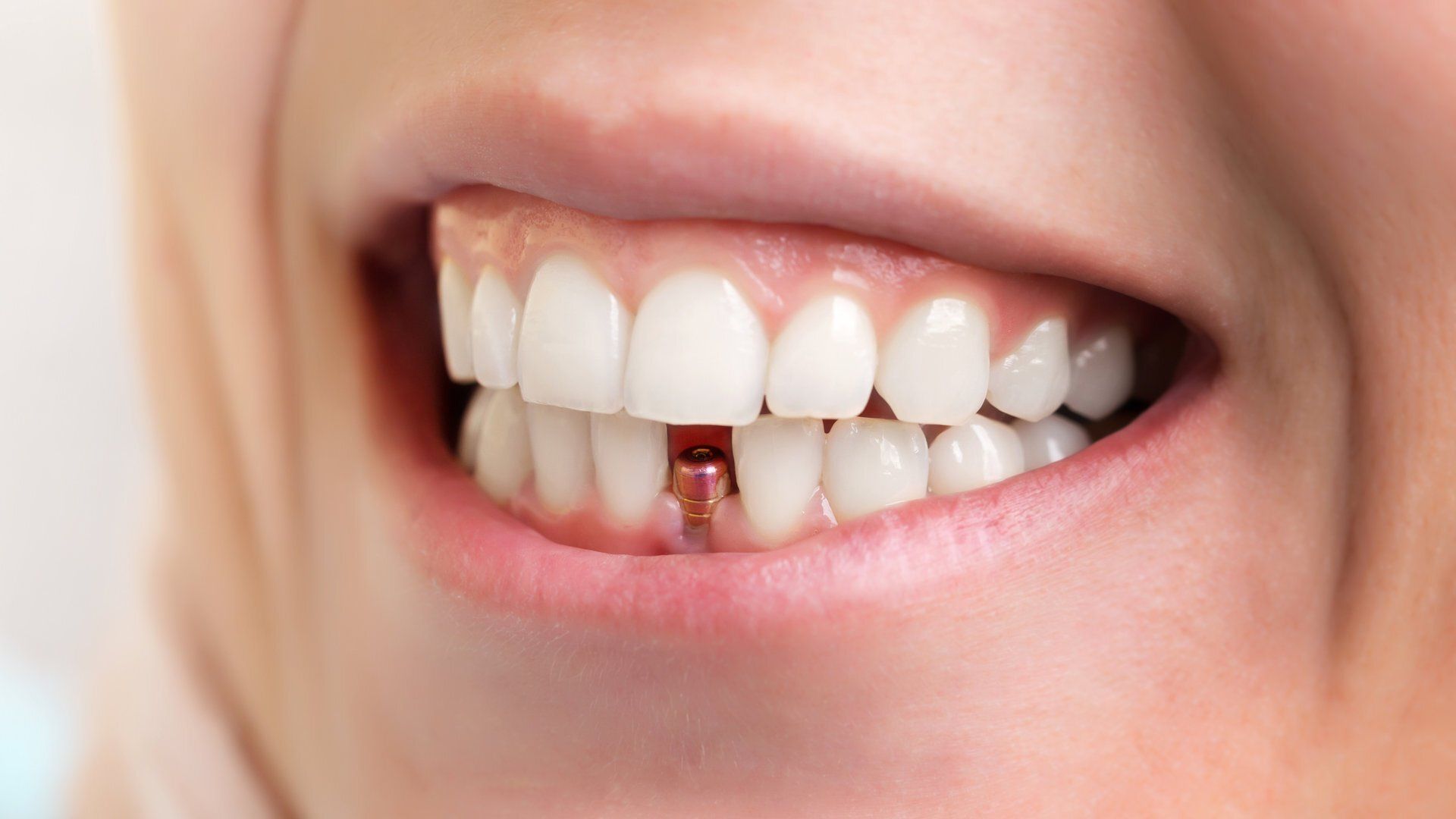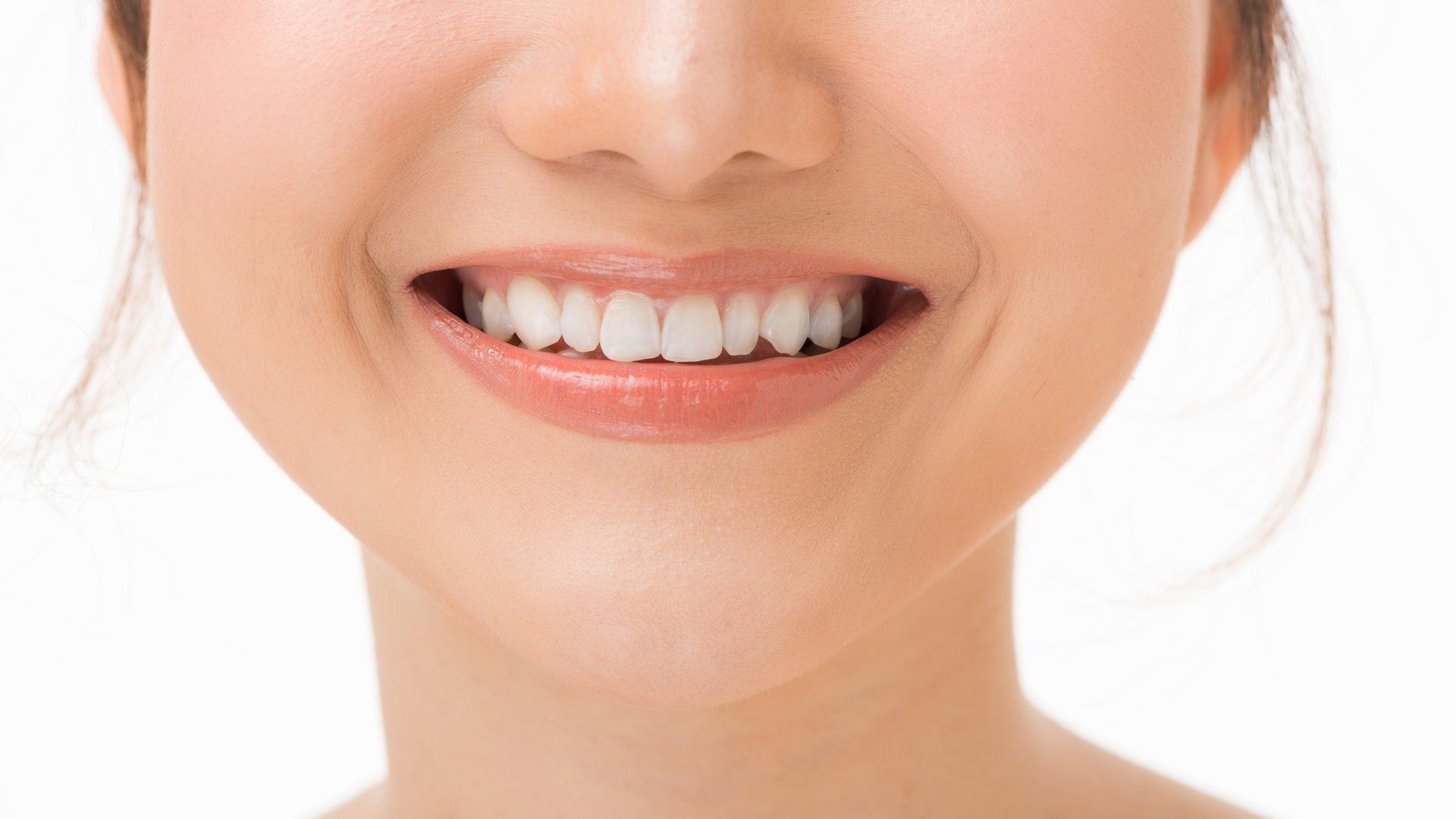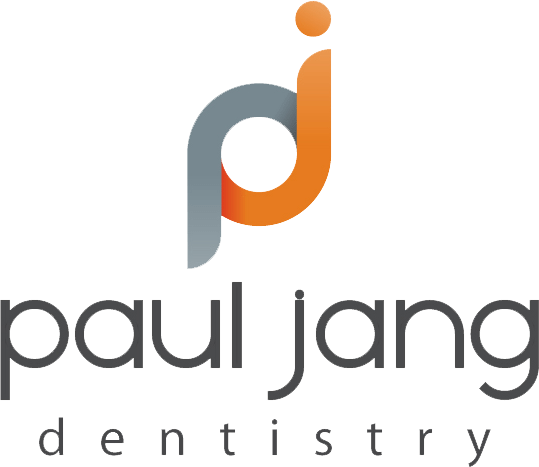No Dental Insurance? No Problem! Contact Us To See Your Options Today!
Different Types of Dental Prostheses

While the phrase dental prostheses might sound like a complicated term, it's just the name for devices that repair or replace missing or broken teeth. There are various dental prosthesis types, and each option has pros and cons.
Overall, dental prosthesis procedures improve the quality of life by helping patients who are impacted by a missing or damaged tooth. While a replacement tooth can enhance the appearance of your smile, it's often also vital for your health and the health of your mouth and jaw to fix any missing or chipped teeth.
Where To Get Dental Prostheses
As an implant dentist, Dr. Jang provides dental prosthesis services in Moorpark and the surrounding communities. He and the entire team at Paul Jang Dentistry are happy to help answer any questions you have or set up an appointment for a consultation. In the meantime, you can read through this blog to learn about the various options for replacing missing teeth.
Fixed Versus Removable Artificial Teeth
The different options for fixing missing or broken teeth can be separated into two main categories: fixed dental prostheses and removable dental prostheses.
The fixed options cannot be removed from the mouth, while the removable options can be taken out rather easily.
Overview Of The Five Artificial Teeth Options
This blog will cover the five main types of dental prostheses dentists use. The best one for you will vary greatly on your specific dental health situation and oral health needs. We will get into the details of each as we move forward in this article, but the five types are:
- Dental Implants
- Dental Crowns
- Dental Bridges
- Dental Veneers
- Dentures
Information About Dental Implants

Dental implants are one procedure that can replace missing teeth. They are the most permanent and natural-looking option as the prosthesis is inserted into the jawbone. Then, the tissue in your mouth and the bone in your jaw will form around the metal post.
The process goes like this:
- The implant, made of titanium and looks like a screw, is put into the jawbone.
- An abutment is often added on top of the post.
- A crown is put onto the abutment. The crown matches the other teeth.
There are many benefits to dental implants. They are solid and can last a lifetime, and they allow people to talk and chew normally. So, dental implants are usually the best way to get artificial teeth that look and function as much like your natural teeth as possible.
However, the dental implant process is quite long and is more invasive than some of the other options.
To find out if dental implants in Moorpark could be the right dental prosthesis for you, reach out to the Paul Jang Dentistry team today.
Information On Dental Crowns
Crowns are one of the most common dental prosthesis options. They are created out of metal, porcelain, or resin, and they tend to work for many patients. Crowns are used most often when a tooth is chipped, cracks, or has gone through wear and tear.
While a crown can be a great choice, it generally isn't as long-acting as a dental implant and doesn't work as well for teeth that don't provide enough of a foundation.
The dental crown process usually looks like this:
- The dentist takes an impression of your mouth using a mold.
- Any activities in the damaged tooth are fixed.
- The tooth is trimmed down and smoothed.
- A temporary crown is placed while the permanent crown is created.
- A few weeks later, the permanent crown is cemented to the natural tooth during a second appointment.
Crowns generally last between five and 15 years. Depending on the type of crown, it can blend in well with the rest of your smile. Crowns can also be placed on top of the dental implant root structure.
Dental Bridge Basics
While a crown is a frequent option to fix a broken or chipped tooth, a dental bridge is used when someone has one or more teeth missing. Bridges are somewhat of a middle ground between dental implants and dentures.
Basically, a bridge does just what it sounds like. It "bridges' ' the hole left by the missing teeth. These dental prosthesis devices use the natural teeth on both sides of the missing tooth or teeth as an anchor. It's also possible to attach a bridge to a dental implant.
Bridges are usually made of porcelain, and the procedure goes like this:
- The anchor teeth are filed, and the dentist makes a mold of your mouth. A temporary bridge might be used between this first appointment and the second one.
- After a couple of weeks, a permanent bridge is installed using a cement-like material.
Like dental crowns, a dental bridge lasts between five and 15 years.
Dental Veneer Info
While the first three dental prosthesis types talked about on this list serve to improve appearance and function, veneers are primarily about improving someone's smile. Veneers are placed on top of the natural-looking teeth and act as a "shell."
The dental veneer procedure boils down to three steps:
- our dentist will remove the enamel on your teeth and make an impression of your mouth.
- A lab will use this mold to create the veneers. They are made out of porcelain or resin composite.
- Then, a couple of weeks later, the veneers are glued to your teeth using cement and ultraviolet light.
Veneers can last up to 15 years, but they work best for people who have relatively healthy teeth.
Dentures As A Dental Prosthesis

The final kind of dental prosthesis is dentures, also called false teeth. There are various kinds of dentures. These are:
- Complete dentures: These replace all the natural teeth and can be removed daily for cleaning.
- Fixed partial dentures: These dentures can't be removed and are also called implant-supported bridges.
- Removable partial dentures: Similar to complete dentures, this option is removable. The difference is that only some of the teeth are replaced.
- Implant-retained dentures: This option is a mix of implants and dentures. The removable denture is attached to a dental implant.
Getting a dental prosthesis device can be a life-changing decision. A dental prosthesis can improve your smile and how you feel about your appearance, improve your oral health, and avoid problems related to nutrition, digestion, gum disease, and the loss of jawbone material.
See a dentist to find the right prosthetic solution for your dental needs and decide which may be best for your health and your budget.
Picking The Right Dental Prosthesis
Many factors go into choosing the right option for a dental prosthesis. Dr. Jang can discuss these with you and work to figure out the best way to get you the replacement teeth that allow you to live your life as normal.
Schedule An Appointment

If you're considering a replacement tooth option, call Paul Jang Dentistry at your convenience to request an appointment. We accept patients for implant and general dentistry in Fillmore and the surrounding areas.
Contact Us
Contact Us
We will get back to you as soon as possible.
Please try again later.
Camarillo |
Conejo Valley |
Fillmore |
Moorpark |
Simi Valley |
Thousand Oaks |
Ventura
Our Address
Office Hours
- Sunday
- -
- Monday
- -
- Tuesday
- -
- Wed - Thu
- -
- Fri - Sat
- Closed
